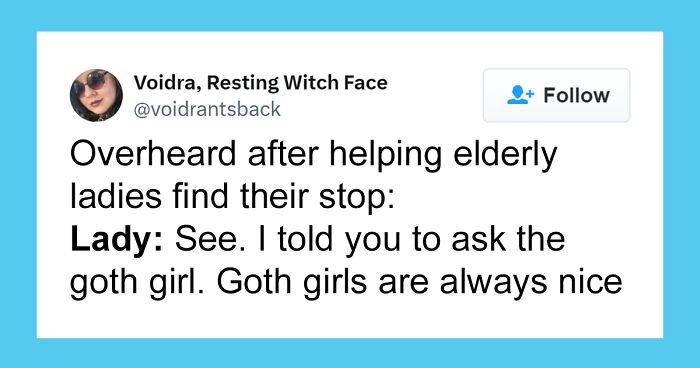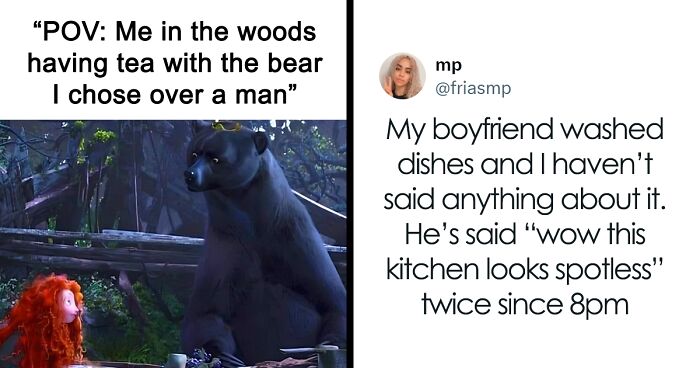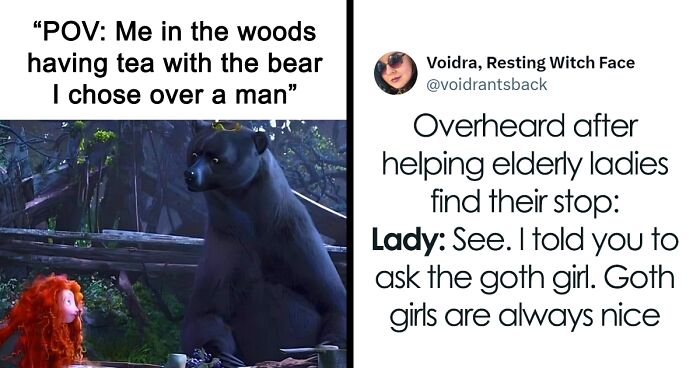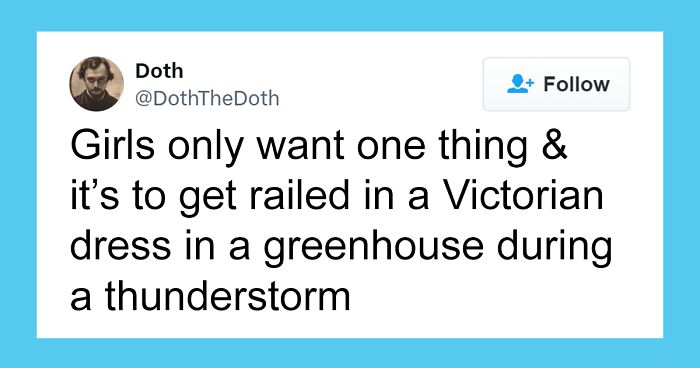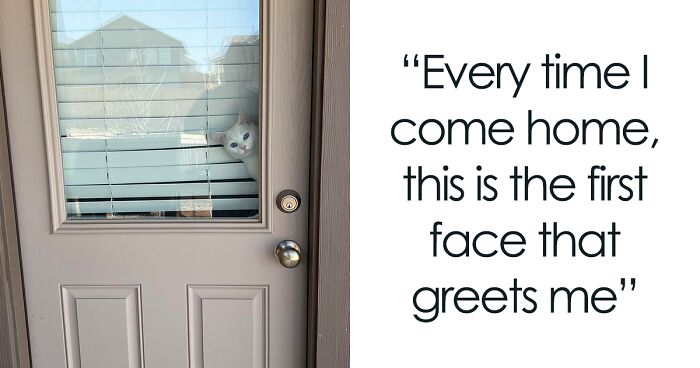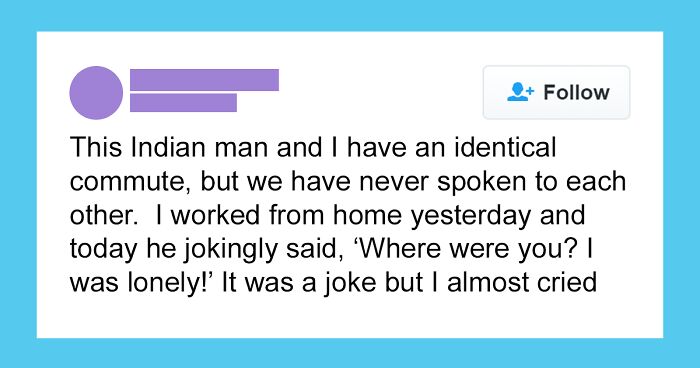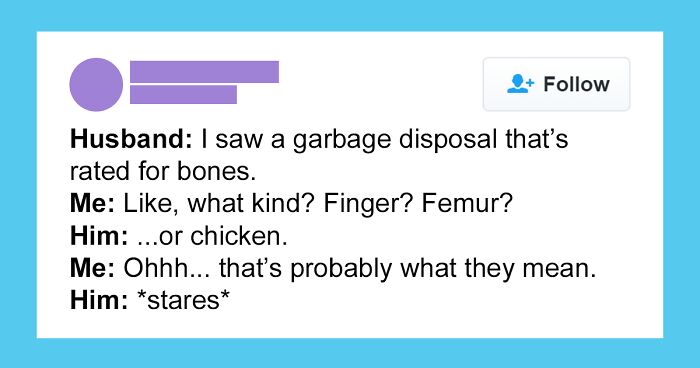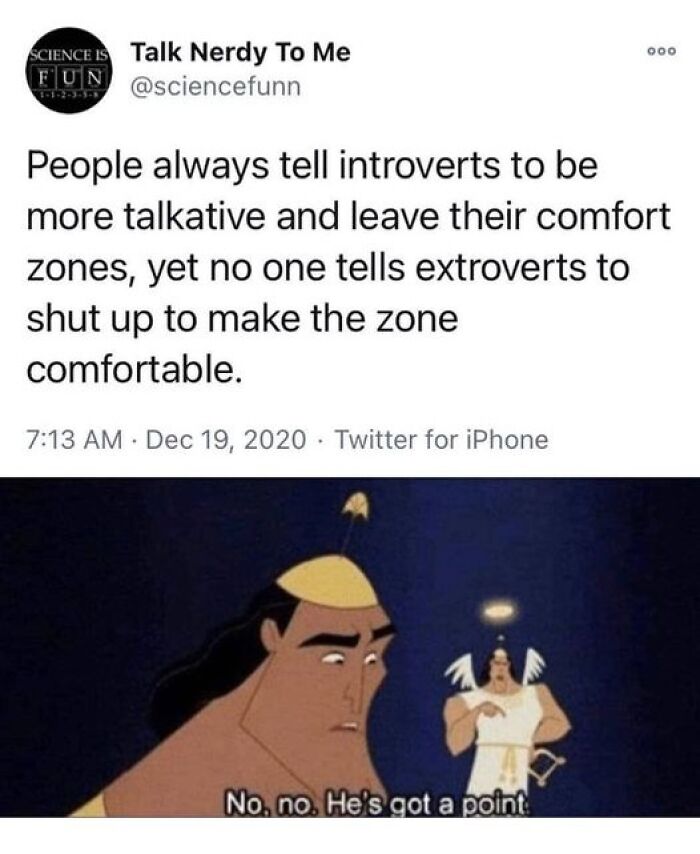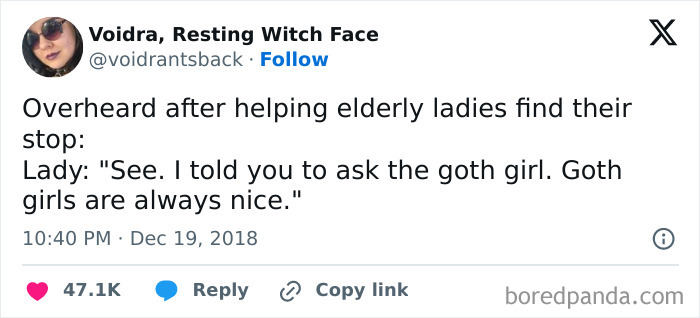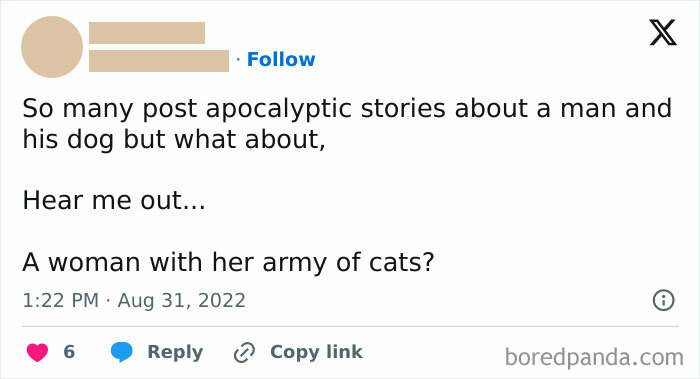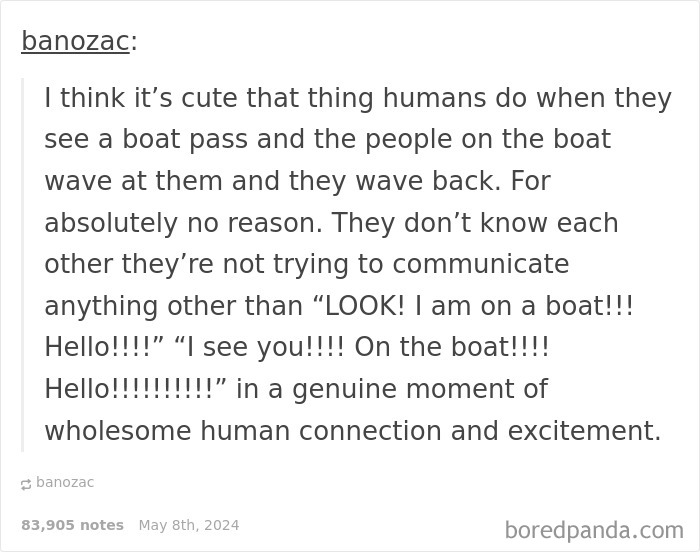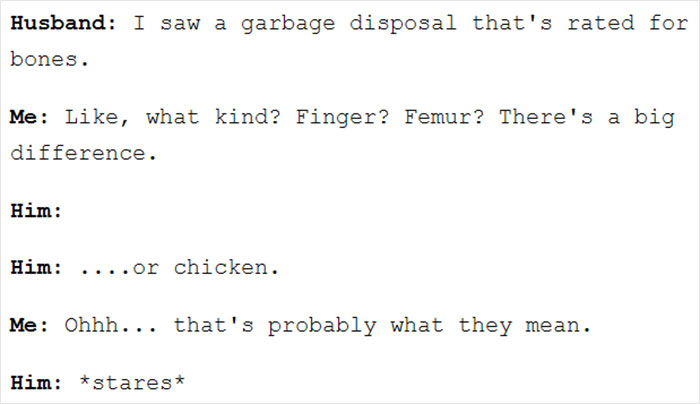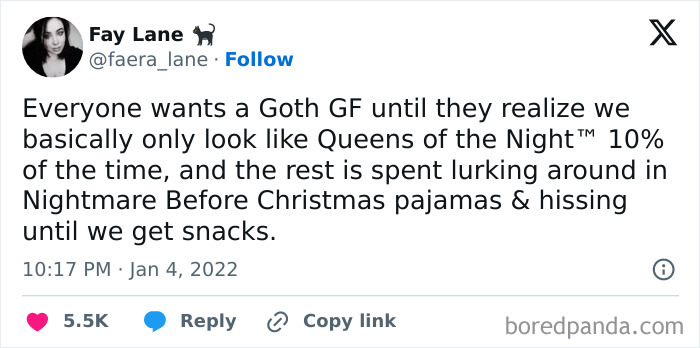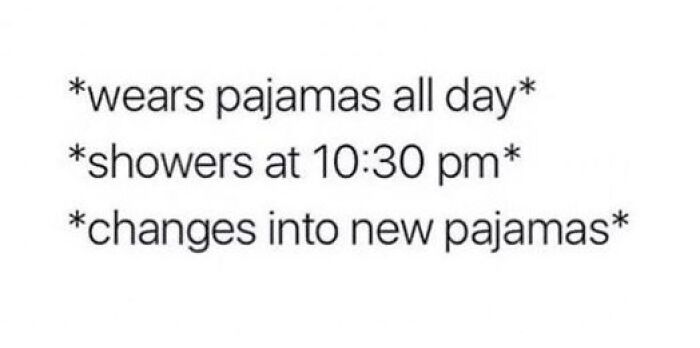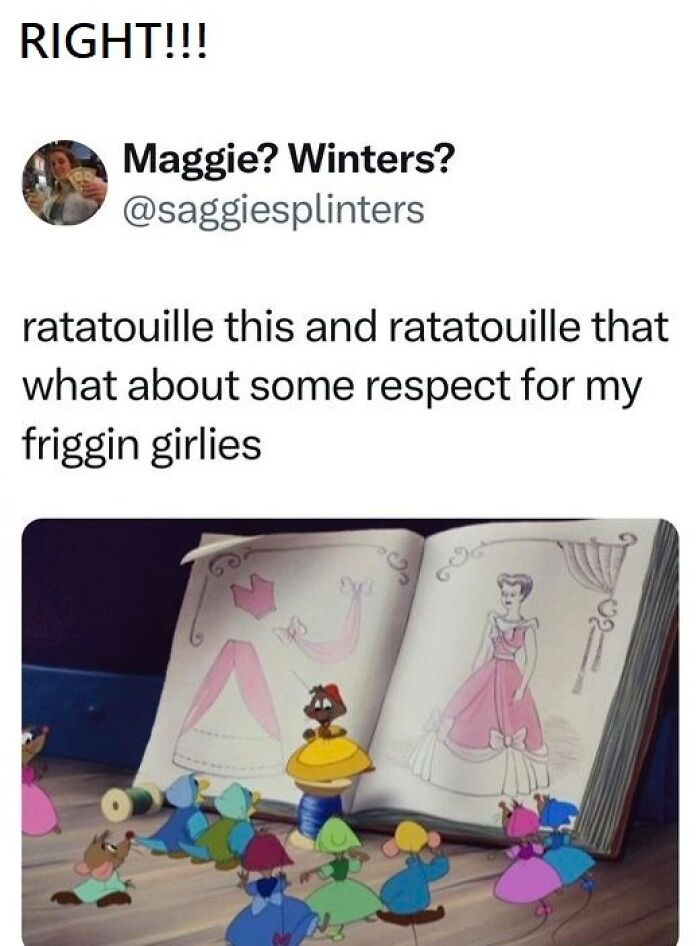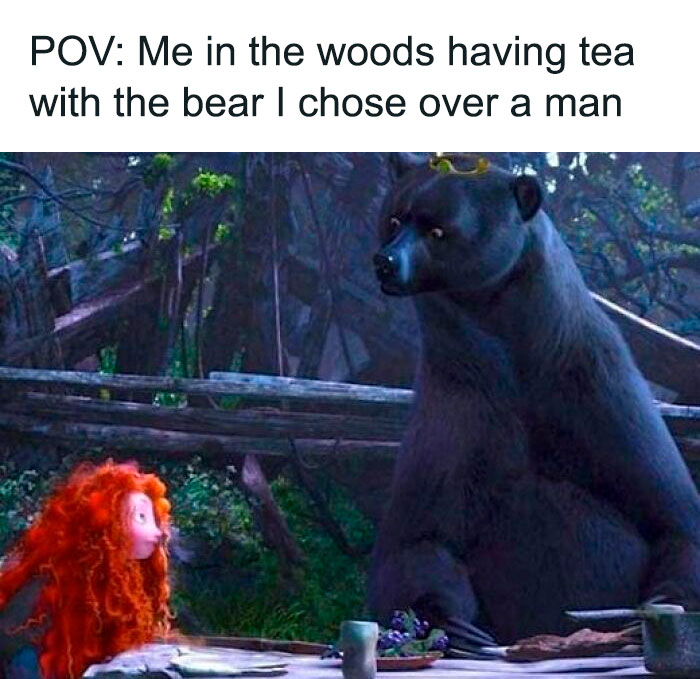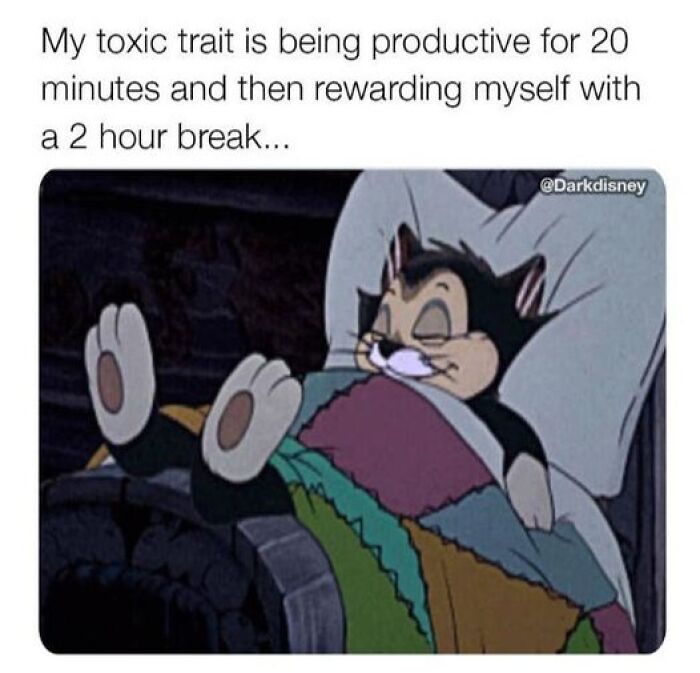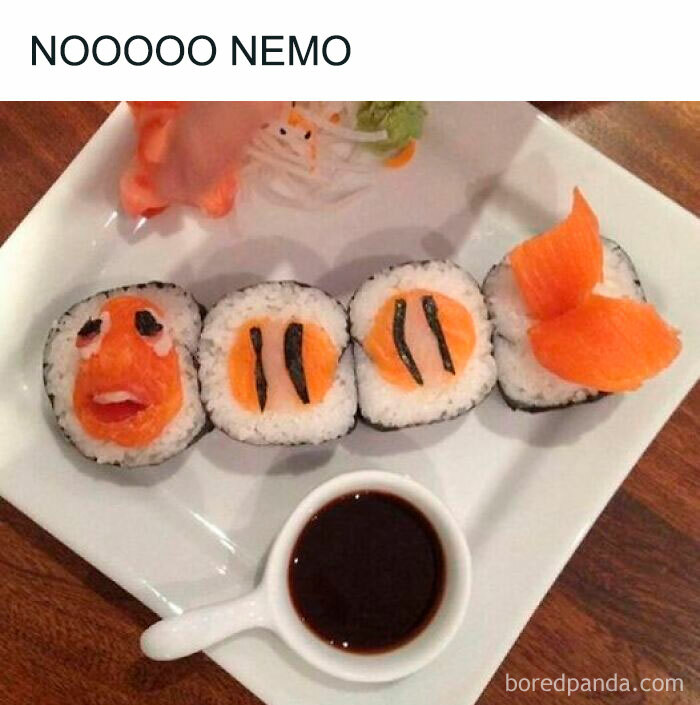Life can be tough, and scrolling through the news can make it even tougher sometimes. Reading about global crises, social inequality, climate change, among other things can be quite overwhelming. But amidst all the chaos, we need to remind ourselves of all the good that is out there.
That's where the Facebook page “Weird Creepy Stuff” comes in. Despite the name, their content is far from weird or creepy. In fact, it's quite the opposite! In a world where bad news often dominates the headlines, this online community with more than 203k followers tries to spread positivity. So, take a break from the doom and gloom, and enjoy these cheerful and wholesome posts that we’ve collected from the page.
This post may include affiliate links.
In the past, people relied on newspapers for information. Unlike today, where we're bombarded with endless live updates on our phones, daily papers had a limit to the amount of content they could provide. In addition to the constraints of space, newspapers also adhered to strict editorial guidelines that discouraged the publication from printing excessive negative information.
The 24-hour news cycle and the rise of social media platforms have led to the prevalence of negative news consumption. By constantly exposing ourselves to such information, we might feel hopeless and anxious about the state of the world.
Over time, this constant exposure can lead us to believe that the world is a much worse place than it actually is. This phenomenon is often referred to as "mean world syndrome."
This distorted view of reality can have significant implications for individuals' mental and emotional well-being. Finding a balance is key to mitigating the effects of mean world syndrome. One way to fight the negativity of mainstream news is by enjoying wholesome content like these posts.
In general, it's common for humans to prefer negativity over positivity. One big reason is what's called the negativity bias, where we pay more attention to bad stuff. This bias likely evolved as a survival mechanism, as our ancestors avoided harm by being alert to potential threats and dangers in the environment.
Also they fully support their kids' weird hobbies no matter how strange they are.
Those articles always say ‘how to become more social’.. I’ve never seen one about how to become less pushy and in people’s faces.
Negative news hits us harder emotionally as we're wired to feel fear and anger more intensely than happiness or calmness. That's why bad news tends to stick with us longer, especially when it includes graphic details or images.
Most of the time, newspapers strive to adhere to rules when it comes to photographs: no detailed graphic images, no faking photos, and no using offensive or vulgar pictures in the article. These principles ensure respect for public sensibilities and uphold the integrity of journalistic content. By limiting the amount of distressing visuals, the print media helps cultivate a more balanced perspective of the world for readers.
But now (almost) everything is available online. On social media platforms, people often have the freedom to share images and information without any moderation or regulation. This means that photographs of accidents, floods, and any other event can be shared in great detail, sometimes without considering the impact it might have.
But now (almost) everything is available online. On social media platforms, people often have the freedom to share images and information without any moderation or regulation. This means that photographs of accidents, floods, and any other event can be shared in great detail, sometimes without considering the impact it might have.
For instance, the graphic images of the Boston Marathon bombing on social media caused trouble as it raised ethical concerns about sharing such sensitive content without proper context or warnings. Critics argued that such images could traumatize viewers, particularly those directly affected by the incident. This highlighted the tension between the public's right to information and the need to exercise discretion when sharing potentially disturbing content.
Even though ethical guidelines exist, there are instances where online content lacks discretion. As a result, graphic images can be shared rapidly across platforms, potentially reaching a wide audience without any filtering. This could lead to negative portrayal of events causing unnecessary harm or distress to individuals who come across them.
My theory is that the machine that people were raging against was a printer.
There are times when social media users may not verify the sources or authenticity of the images they share, potentially leading to the spread of misinformation or misleading content. But on the other hand, people also share wholesome content that uplifts and inspires. This includes heartwarming stories, positive affirmations, and feel-good images.
Sometimes, we just need to see the good to remember that the world isn't all bad. Which of these posts did you find most relatable or touching? Tell us a recent act of kindness you're proud of!
I know that pronouns are a controversial subject these days, but we can all agree that the use of 'our' in this post is way off. All things in your abode are the cat's things unless the cat decides otherwise.
Perfectly named- this behavior *is* psychological fragility, *not* an expression of some kind of strength or ‘masculinity’.
This is so true. So many times, i'm in the secondhand book shop, and all those old books are doing their damndest to convince me to rescue them, take them home, give them a nice, snug bookshelf to live on with all their new friends.
Accurate, as I sit here in my Nightmare Before Christmas jammies and waiting for my snack to cook.
That’s an appropriate response to temper tantrums, regardless the biological age of the toddler.
Due to my body hating me, I have to shower when I have some energy. It might be 3pm it might be 3am or it might not happen at all.
The scene when the evil stepsisters tear the dress apart was crushing for me. Her friends worked hard on that!
I LOVE the whole "bear choosing" meme. Bears can't sue you if you mace them like men can BTW.
This is BP in a nutshell. You can't even say d***s here anymore.
Bored Panda updating my Points, which hasn't been done for at least a week despite me advising the Mods or whoever they are via the Contact Form, would bring some joy & happiness into my life. Any other Pandas having the same issue?
Anyone else sick of the last 3 items loading as the first 3 items over and over? And only 10 things load at a time. So we really only get 7 new things each scroll. So annoying. Used to be the first 2 were the same as the last 2. But now we're up to 3. Pretty soon they might as well just repeat 10 items over and over.
Bored Panda updating my Points, which hasn't been done for at least a week despite me advising the Mods or whoever they are via the Contact Form, would bring some joy & happiness into my life. Any other Pandas having the same issue?
Anyone else sick of the last 3 items loading as the first 3 items over and over? And only 10 things load at a time. So we really only get 7 new things each scroll. So annoying. Used to be the first 2 were the same as the last 2. But now we're up to 3. Pretty soon they might as well just repeat 10 items over and over.

 Dark Mode
Dark Mode  No fees, cancel anytime
No fees, cancel anytime 




